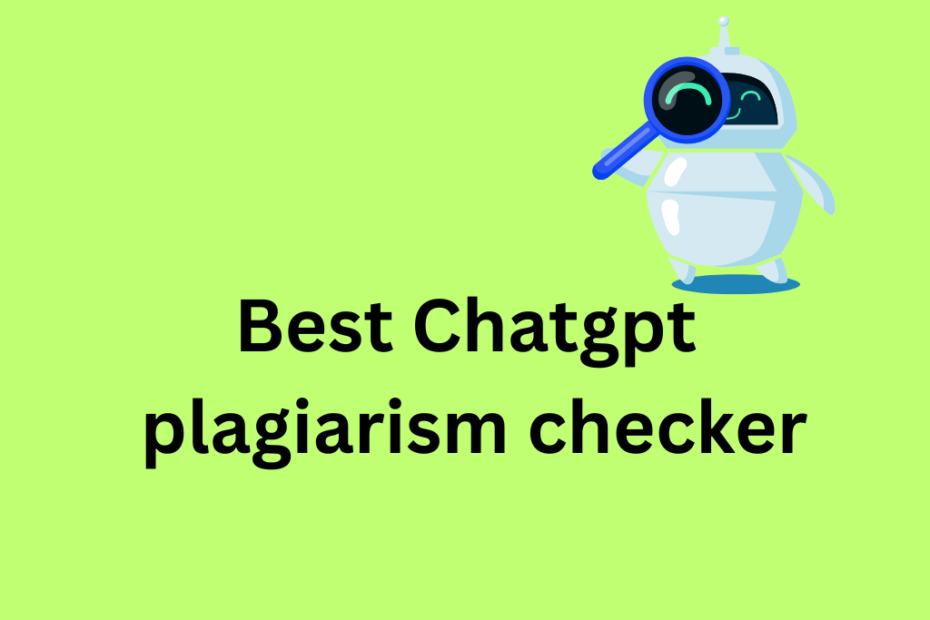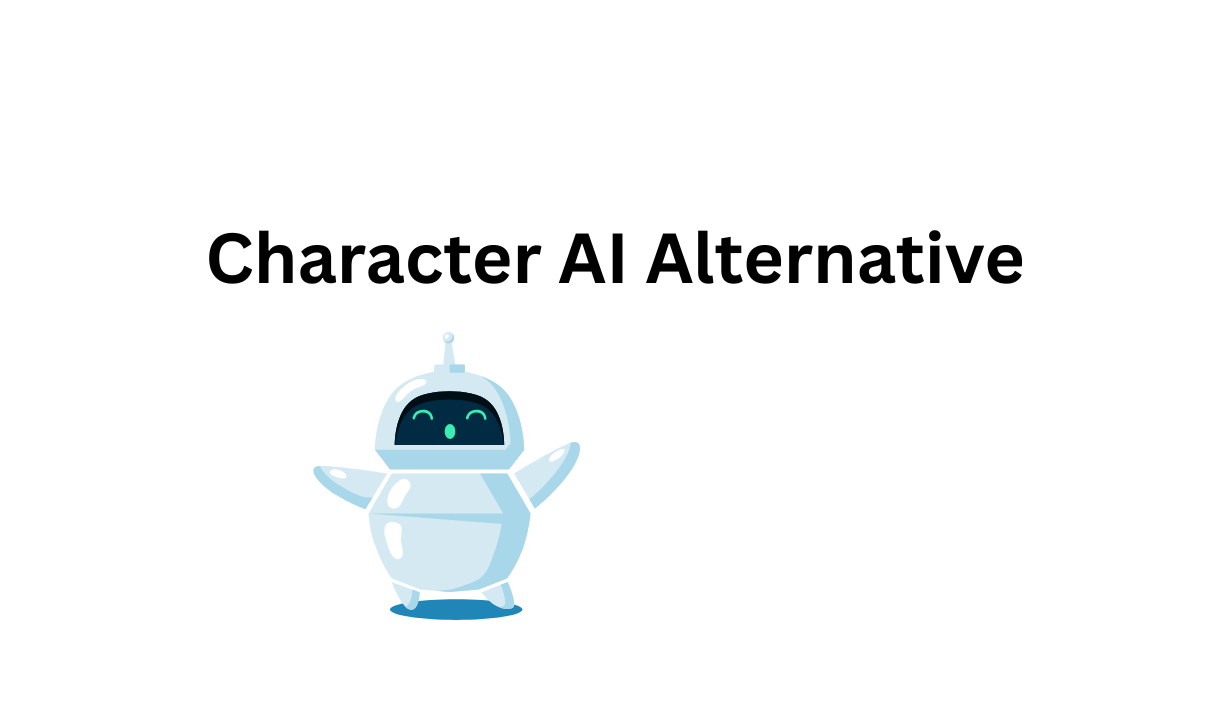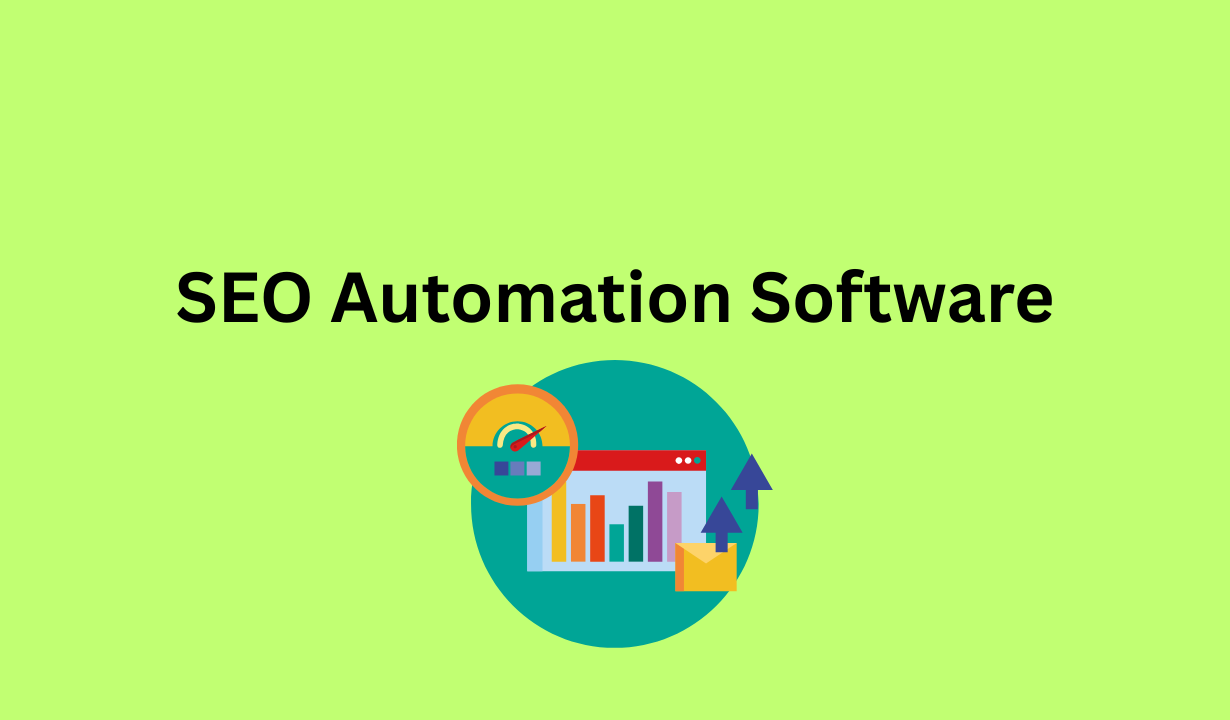The rise of artificial intelligence has really changed how we create and consume content. One of the biggest shifts? AI chatbots like ChatGPT, which crank out text that sounds surprisingly human. But as these tools get smarter, there’s a new problem: making sure AI-generated content doesn’t step on anyone’s copyright or intellectual property. That’s where best ChatGPT plagiarism checker come in.
A good ChatGPT plagiarism checker helps spot AI-written passages and checks if the writing is actually original. So, how do these checkers work? What’s the trick to spotting ChatGPT content? And which tools are actually worth your time? Let’s dig into it.
What is an AI Plagiarism Checker and How Does It Work?
Understanding AI Content Detection
An AI plagiarism checker is a tool that uses advanced algorithms and machine learning to assess whether content is original. Its main job? Spot any plagiarism, whether it comes from human writers or AI-generated text.
AI content detection digs into the structure, vocabulary, and writing patterns to figure out if a piece has been copied or created by AI. These detectors build up a big dataset of existing works, letting them compare new submissions to spot similarities and catch possible plagiarism.
Copyleaks Review: The Best Tool for Plagiarism Detection
How AI Detectors Identify Plagiarized Content
AI detectors try to spot plagiarized content using some pretty advanced algorithms. They look at things like linguistic quirks, sentence structures, and even the deeper meaning behind the words.
Tools such as GPT-4 and other AI detection models check if a language model—like OpenAI’s ChatGPT—likely wrote the text. They do this by weighing the odds and looking for telltale signs.
Plagiarism checkers also compare the text to tons of sources: academic papers, articles, random stuff online—you name it. If they notice similarities, they’ll flag it.
Some of the fancier plagiarism tools go a step further. They use classifiers to sort content as either human-written or AI-generated, giving users a pretty detailed look at how original their work really is.
Key Features of the Best Plagiarism Checkers
The best plagiarism checkers have a handful of features that really make a difference. For starters, they can spot AI-generated text—a must these days with so much content floating around.
You’ll want a tool with a user-friendly interface. Nobody wants to wrestle with clunky menus just to paste in a paragraph.
Real-time scanning matters too. It’s handy to get quick results, especially if you’re in a rush.
Comprehensive reports help by highlighting possible matches. Some even use cloud-based tech, so you can access your stuff on any device.
A few options toss in a Chrome extension, which is surprisingly useful when you’re browsing and need to check something on the fly.
Honestly, a good AI content detection tool should catch plagiarism and give you tips to clean up your writing. Isn’t that what we’re all after?
How to Detect ChatGPT Generated Content?
Using AI Detectors to Identify ChatGPT Text
Detecting ChatGPT-generated content usually means turning to AI detectors built to spot text from chatbots.
Tools like GPTZero and other detection platforms can pick up on the quirks of AI writing.
They look at sentence structure, word choice, and how the text flows.
Sometimes, they’ll compare what you submit to big datasets of known AI content.
If something matches up, these detectors might flag it as likely from ChatGPT.
People use these checkers to make sure their content is original and not accidentally pulled from an AI.
Limitations of Current AI Content Detection Tools
AI detectors definitely help spot plagiarized content. Still, they’ve got some real limitations.
False positives are a big issue. Sometimes, they flag human-written work as AI-generated just because of similar writing styles or common phrases.
The effectiveness of these tools really depends on how advanced the detection model is. Honestly, it feels like a constant race—AI tech keeps getting smarter, so the tools have to keep up.
Developers need to update and refine these detectors all the time. Otherwise, it’s easy for new AI content to slip through the cracks.
Comparing Zerogpt and GPTZero for Detection
When it comes to spotting AI-generated content, Zerogpt and GPTZero are two names that pop up a lot. Both tools have earned some attention for flagging text that’s likely written by AI.
Zerogpt leans into the free model. You can use it without paying a dime, which is honestly refreshing these days.
GPTZero, meanwhile, digs a bit deeper. It gives you detailed reports and insights, breaking down how likely it thinks a chunk of text came from an AI.
Choosing between them? It really depends on what you need. Each brings its own strengths to the whole AI content detection game.
What Are the Best AI Plagiarism Checkers Available?
Features to Look for in a Plagiarism Checker Tool
When you’re hunting for the best AI plagiarism checkers, you’ve got to look at a few key features. First off, a solid checker should catch plagiarism and pinpoint AI-generated content.
- A good tool makes it easy to paste your text for analysis. You don’t want to wrestle with a clunky interface—nobody has time for that.
- The top options highlight potential plagiarism, flagging suspicious bits and linking you to the original sources. That reporting makes a big difference.
- It’s handy if the checker works with all sorts of formats, like documents and web pages. Flexibility matters.
- And honestly, before you shell out cash, see if there’s a free version or a trial. You’ll want to test how well it actually works.
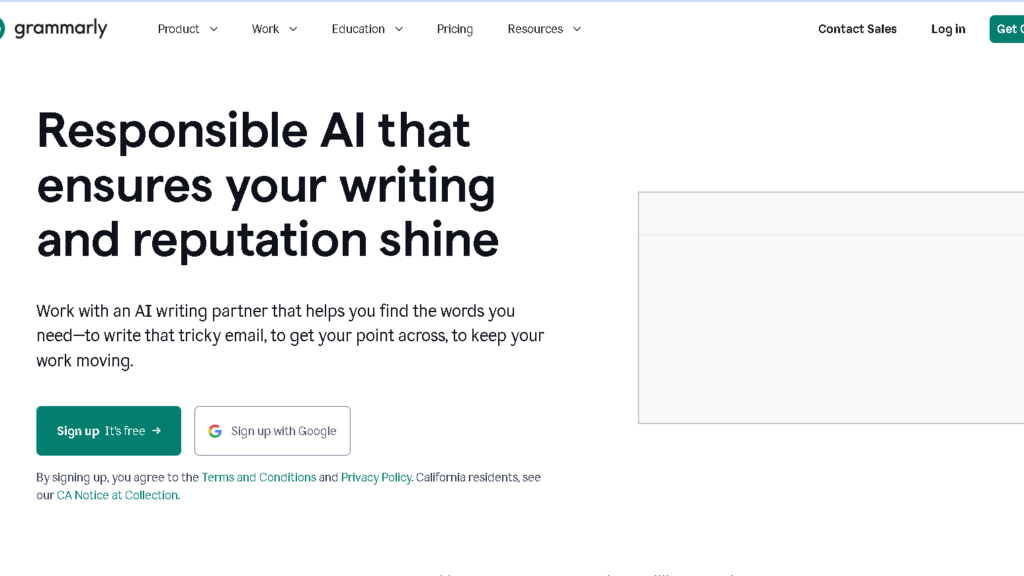
Copyleaks vs. Grammarly: Which is Better?
Copyleaks and Grammarly stand out in the world of plagiarism checkers. Each one brings its own set of strengths and quirks.
Copyleaks has built a reputation for spotting plagiarism and picking up on AI-generated text. It gives users a detailed breakdown of their content.
Educators and professionals seem to gravitate toward Copyleaks for that reason. Grammarly, on the other hand, is best known for its grammar and writing suggestions.
It also has a plagiarism checker built in. Grammarly feels easy to use and plugs into lots of writing platforms without much fuss.
But when it comes to catching AI-written material, Grammarly doesn’t quite keep up with Copyleaks. So, which one should you pick? It really comes down to what you need most—a sharp plagiarism detector or a writing assistant with a few extra tricks.
Pros and Cons of AI Detection Software
AI detection software brings some real perks. It can spot plagiarism fast, whether it’s written by a human or an AI.
These tools definitely save time and cut down on hassle. That means you can focus more on crafting good writing, not just checking it.
But let’s be honest—there are drawbacks. Sometimes, these tools make mistakes and flag original work as plagiarized.
It’s also a bit annoying that a lot of the better features hide behind a paywall. If you’re hoping for a totally free solution, you might hit a wall.
So, is it worth it? Depends on what you need and how much you’re willing to deal with the trade-offs.
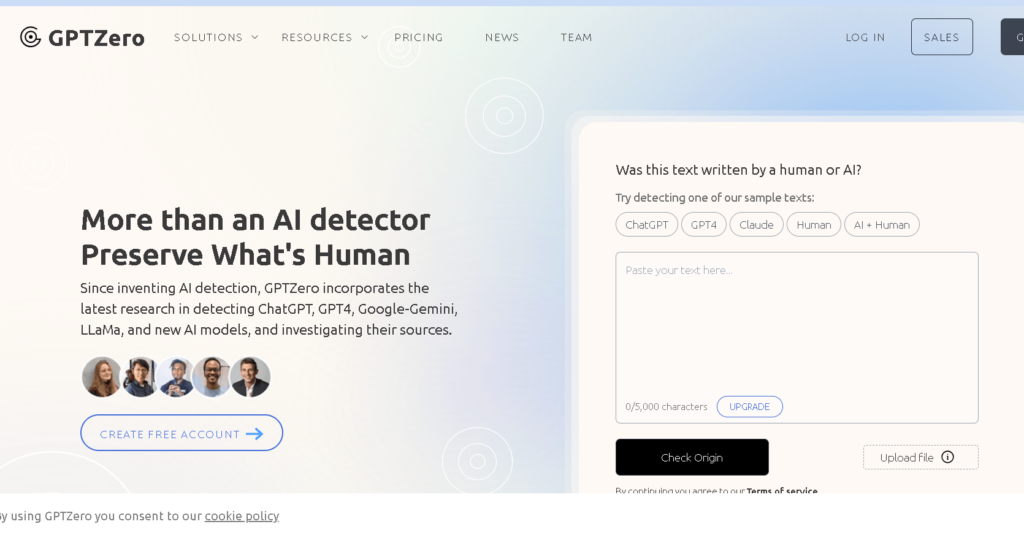
How Accurate Are AI Detection Tools Like GPT-4?
Understanding False Positives in AI Plagiarism Detection
False positives are a big concern in AI plagiarism detection. Sometimes, these systems flag genuine, human-written content as AI-generated.
Why does this happen? Well, humans and AI can sound pretty similar—writing styles and common phrases overlap more than we’d like to admit.
Understanding why false positives happen matters for anyone using these tools. It reminds us not to trust AI checkers alone.
You really need a bit of human judgment to spot true originality. As AI detection keeps changing, fixing the false positive problem will be key for making things more accurate.
Evaluating the Accuracy of AI Content Detectors
Evaluating how well AI content detectors work means looking at their performance in all sorts of situations.
Tools like GPT-4 and other advanced detection models can spot AI-generated text with pretty impressive accuracy.
Still, how well they work really depends on the content’s complexity and the algorithms behind them.
If you want these tools to stay sharp, you’ve got to keep updating and training them on a wide mix of data.
It’s also smart to compare different AI detection tools side by side. That way, you’ll get a better sense of which one actually fits your needs.
Future of AI Detection and Plagiarism Checkers
The future of AI detection and plagiarism checkers looks pretty interesting. AI tech keeps moving fast, and it’s changing how we think about content creation and how we spot what’s original.
AI chatbots keep getting smarter. Plagiarism detection tools have to step up their game to keep pace and actually catch AI-generated writing.
I imagine new breakthroughs in natural language processing and machine learning will make these tools sharper. Maybe we’ll see them pick up on tiny details in someone’s writing that they used to miss.
People are also starting to talk more about the ethics of AI-written content. That’s going to push for clearer guidelines and better habits when folks use these tools.
Can AI Content Be Used Without Plagiarizing?
Best Practices for Using ChatGPT Responsibly
Using ChatGPT and other AI content generators responsibly really matters for academic integrity and originality.
People should treat AI-generated content as a tool for inspiration or a bit of help, not as an easy shortcut to plagiarize.
It’s important to review and revise what the AI spits out so it actually sounds like you.
There’s always a risk that AI-generated content might accidentally copy existing works, so it’s smart to use plagiarism checkers before publishing anything.
Guidelines for Ethical AI Content Creation
Creating ethical AI content isn’t just about following rules—it’s about common sense, too. You really need to avoid copyright infringement and make sure your work is original.
Always let people know if AI helped generate your content. That kind of transparency just feels right.
It helps to tweak and personalize what the AI gives you. Add your own ideas and perspectives.
Not only does this make your writing more original, but it also cuts down on plagiarism risk. If you stick to solid ethical habits, you can use AI and still respect the folks who made the original stuff.
How to Properly Cite AI-Generated Text
Properly citing AI-generated text matters for responsible content creation.
If you use text from an AI, you should clearly say so and mention the model, like ChatGPT.
There are a bunch of ways to do this, and it depends on where you’re publishing. Academic papers might need strict citation formats.
For something online, a quick acknowledgment usually works fine. Just be upfront about where the words came from.

Q: What is an AI plagiarism checker?
A: An AI plagiarism checker is a tool designed to detect instances of copied or paraphrased content in text, specifically identifying text that may have been generated by AI, such as ChatGPT or other models from OpenAI.
Q: How does the AI checker for ChatGPT work?
A: The AI checker for ChatGPT utilizes advanced algorithms and detection technology to analyze the input text and determine if it has been generated by AI or written by a human. It evaluates patterns and structures typical of AI-generated content.
Q: Can I use a plagiarism detector to find AI-written text?
A: Yes, a plagiarism detector specifically designed to detect AI-written text can be used to find plagiarism. These tools can analyze the text to identify if it aligns with patterns found in AI-generated outputs.
Q: What are the benefits of using an AI text classifier?
A: An AI text classifier helps users quickly identify whether content is AI-generated or human-written. This can be particularly useful for educators, publishers, and content creators looking to ensure originality and maintain academic integrity.
Q: Are there free plans available for AI plagiarism detection tools?
A: Yes, many AI plagiarism detection tools, including some like Duplichecker, offer completely free to use plans. However, these may come with limitations on features such as word count or the number of checks per day.
Q: How accurate is an AI detector across use-cases?
A: The accuracy of an AI detector can vary depending on the technology used and the specific use-case. Tools that employ deep learning and advanced algorithms tend to be more effective in detecting AI-generated content in diverse scenarios.
Q: Can I upload documents for plagiarism checks?
A: Yes, many AI plagiarism detection tools allow users to upload documents directly for analysis. This feature makes it easier to check longer texts without the need to copy and paste content manually.
Q: What is the word limit for AI text detection tools?
A: The word limit can vary by tool. Some AI detectors may have a specific word count limit for free usage, while paid plans typically allow for larger documents to be analyzed without restriction.
Q: How do I find plagiarism in academic writing?
A: To find plagiarism in academic writing, you can use a plagiarism detector that specializes in analyzing scholarly articles and papers. Tools like Turnitin are designed for this purpose, providing comprehensive reports on originality.
Q: Can the AI plagiarism checker detect content generated by models like GPT-4?
A: Yes, many AI plagiarism checkers are designed to detect content generated by various AI models, including GPT-4. They analyze the text to identify specific patterns and structures associated with AI-generated writing.

